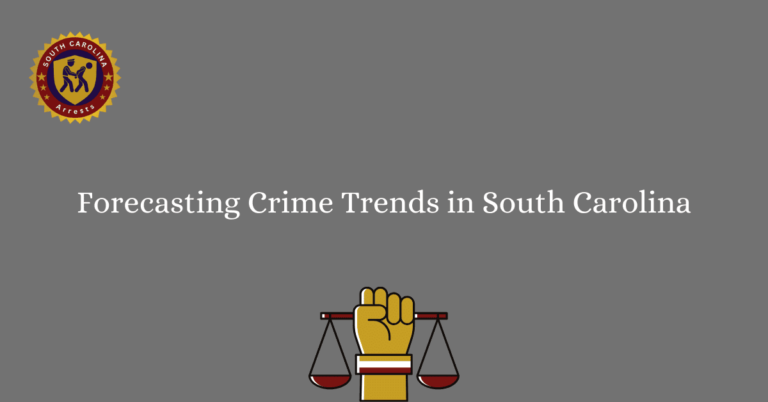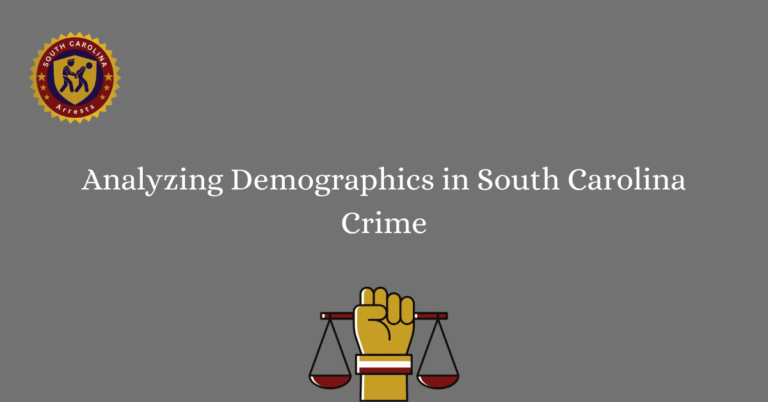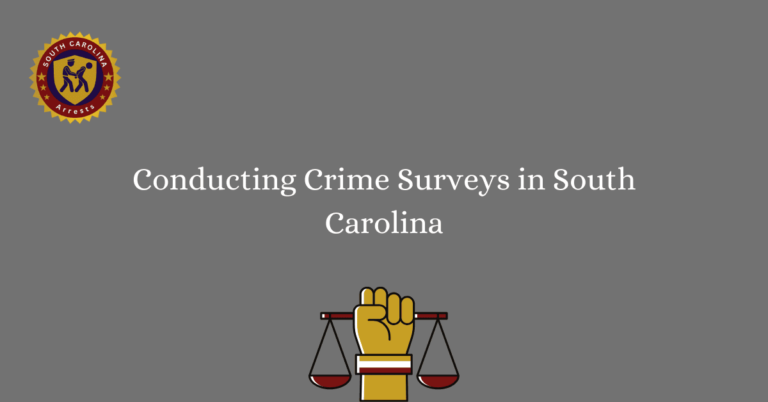Crime Clearance Rates in South Carolina
Crime clearance rates in South Carolina provide valuable insights into the effectiveness of law enforcement agencies in solving criminal cases. These rates indicate the percentage of reported crimes that result in arrests or other forms of resolution. By analyzing these clearance rates, policymakers and the public can assess the performance of the criminal justice system in the state, identify areas for improvement, and ensure accountability.
Crime clearance rates in South Carolina can help communities make informed decisions about safety and resource allocation. Higher clearance rates may indicate proactive policing strategies, strong community partnerships, and efficient investigative processes. On the other hand, lower clearance rates could point to challenges such as limited resources, understaffing, or the complexity of certain types of crimes. By delving into the factors influencing clearance rates, stakeholders can work towards enhancing public safety and justice outcomes.
The Importance of Crime Clearance Rates
Crime clearance rates play a crucial role in measuring the effectiveness of law enforcement agencies in solving crimes and ensuring public safety. In South Carolina, these rates provide valuable insights into the performance of law enforcement in resolving criminal cases and bringing offenders to justice.
Measuring Law Enforcement Effectiveness
Crime clearance rates in South Carolina are essential indicators of law enforcement effectiveness in solving crimes. By tracking the percentage of cases that are resolved, law enforcement agencies can assess their performance and identify areas for improvement. High clearance rates demonstrate the efficiency and dedication of law enforcement in investigating and solving criminal cases.
Identifying Trends and Allocating Resources
Monitoring crime clearance rates allows law enforcement agencies to identify trends in criminal activities and allocate resources effectively. By analyzing clearance rates for different types of crimes, agencies can prioritize their efforts in areas with high crime rates and ensure that resources are directed towards solving cases that have a significant impact on public safety.
Enhancing Public Safety Through Analysis
Analyzing crime clearance rates in South Carolina enables law enforcement agencies to enhance public safety by identifying patterns and trends in criminal behavior. By understanding the factors that contribute to crime clearance rates, agencies can develop strategies to prevent and deter criminal activities, ultimately making communities safer for residents.
Insights for Policymakers and Law Enforcement
Crime clearance rates provide valuable insights for policymakers and law enforcement leaders to make informed decisions about resource allocation and policy development. By examining clearance rates over time, policymakers can assess the effectiveness of existing strategies and implement new initiatives to improve crime resolution and public safety.
Improving Investigative Efforts and Collaboration
High crime clearance rates in South Carolina are a testament to the collaborative efforts of law enforcement agencies, investigators, and community members. By working together to solve crimes and bring offenders to justice, agencies can create safer communities and foster trust between law enforcement and residents.
Creating Safer Communities for Residents
Ultimately, the goal of monitoring crime clearance rates in South Carolina is to create safer communities where residents can live without fear of crime. By focusing on improving investigative efforts, enhancing collaboration, and analyzing clearance rates, law enforcement agencies can work towards reducing crime rates and ensuring the well-being of all residents.
Frequently Asked Questions
Crime clearance rates in SC are an important metric to understand the effectiveness of law enforcement in solving crimes. Here are some common questions related to crime clearance rates in SC, along with detailed explanations to help you grasp the concept better.
What are crime clearance rates?
Crime clearance rates refer to the percentage of reported crimes that are “cleared” or solved by law enforcement agencies. A crime is considered cleared when an arrest is made, charges are filed, or when a suspect is identified and located.
How are crime clearance rates calculated?
Crime clearance rates are calculated by dividing the number of cleared crimes by the total number of reported crimes, then multiplying by 100 to get a percentage. This helps determine how effective law enforcement agencies are in solving crimes.
What factors can influence crime clearance rates?
Several factors can impact crime clearance rates, including the resources and capabilities of law enforcement agencies, the cooperation of the community in reporting crimes, the availability of evidence, the skill of investigators, and the complexity of the case.
Why are crime clearance rates important?
Crime clearance rates are important because they provide insight into the effectiveness of law enforcement in solving crimes and bringing offenders to justice. High clearance rates can indicate a proactive and efficient police force, while low clearance rates may raise concerns about public safety.
How do crime clearance rates vary by type of crime?
Crime clearance rates can vary significantly depending on the type of crime. For example, violent crimes like homicide may have lower clearance rates due to the challenges of solving these cases, while property crimes like theft may have higher clearance rates as they are often more straightforward to investigate.
What initiatives are in place to improve crime clearance rates in SC?
Law enforcement agencies in SC are implementing various strategies to improve crime clearance rates, such as increasing community engagement, investing in technology and training for investigators, enhancing collaboration with other agencies, and implementing data-driven approaches to crime solving.







